Citroën's Pierre Leclercq on the brand’s bold future
The Citroën head of design discusses the architecture of automation, utility, versatility, and more
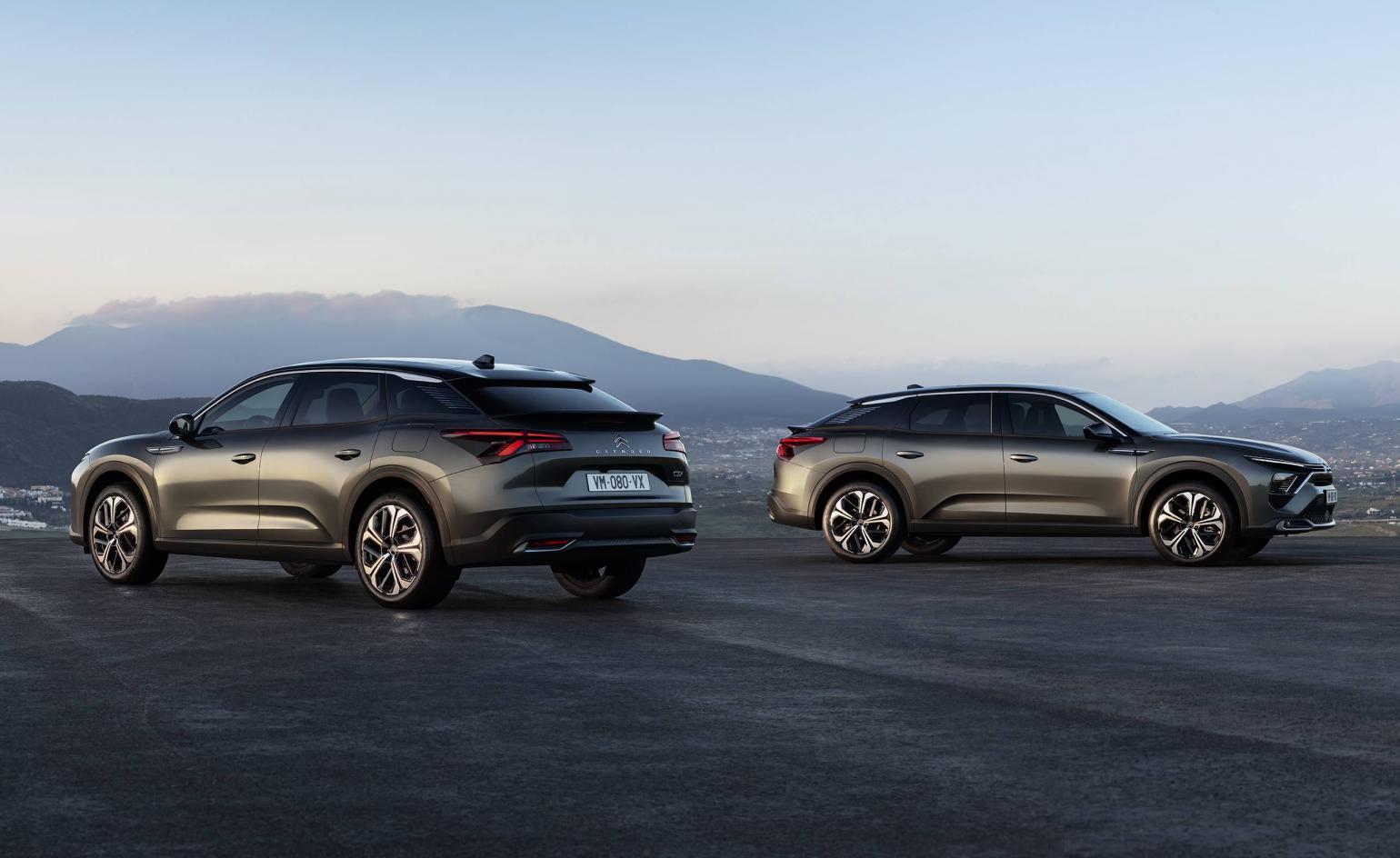
At the start of May 2021, Citroën unveiled a new flagship model, the C5 X. The new car is a bit of a design hybrid, in that it brings together several different styling elements; the space of an estate car, the sleekness of a saloon, and the ground clearance and stance of an SUV. It was previewed by the 2016 Cxperience concept and marks the company’s return to having a big, dramatic model in its fleet. Citroën has a mighty heritage of innovation, not just stylistically but also in terms of engineering. The type of car overseen by Robert Opron in the 70s and 80s has now been largely overshadowed by the dominance of SUVs, so it’s a welcome return to elegance for elegance’s sake, albeit still shaped by the demands and economics of the modern motor industry.
Citroën’s Head of Design, the Belgian automotive designer Pierre Leclercq joined the company in late 2018, having previously worked on BMW, MINI and Rolls-Royce designs for the BMW Group, as well as stints as design director at Great Wall Motors in China and Kia Motors in South Korea. Citroëns have been in Lelclerq’s own family for generations, so this appointment was something of a spiritual return for him.
We spoke to Leclercq about the C5X, the recent Citroën AMI and his aspirations for the brand.
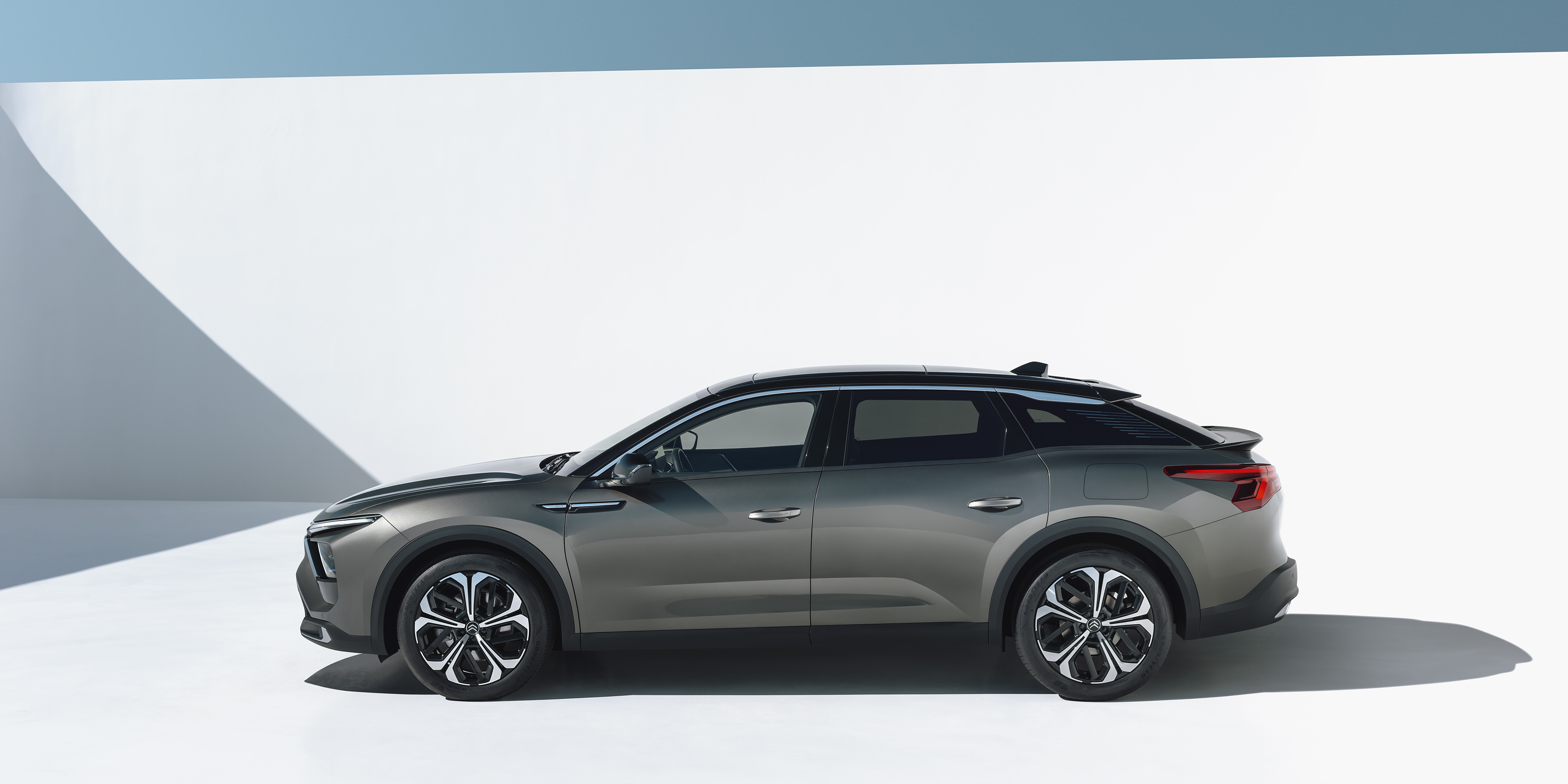
A true crossover design, the new Citroën C5 X blends elements of a sedan, estate car and an SUV
Wallpaper*: The motor industry is going through a massive amount of upheaval with the introduction of electric cars. Do you think this will help bring Citroën’s engineering and design heritage back to prominence?
Pierre Leclercq: For me, the most interesting thing is the architecture, and of course the work with the engineers in house in order to do clever design. In the automotive industry a lot of the technical innovation is created by suppliers, who work with every company in the world. You pick and pay for it. But for example, the Citroën AMI is not really automotive design – it's more industrial design. In the past, the company did some very clever work between design and engineering – the 2CV for example. And we can still do that today.
W*: Architecture was a point of reference for many of the early Citroën models. Are you now well placed for a time when cars are less about motion and dynamism and excitement, and more about multi-purpose spaces?
PL: That’s very true for Citroën, because a lot of our customers are looking for utility. As I see it, the car industry is splitting into two very distinctive directions in the future; on the one hand there is mobility, and on the other hand there are traditional cars. We still have room to make really sexy cars for customers, because mobility products will not necessarily look like cars – they’ll be more like industrial design or consumer products.
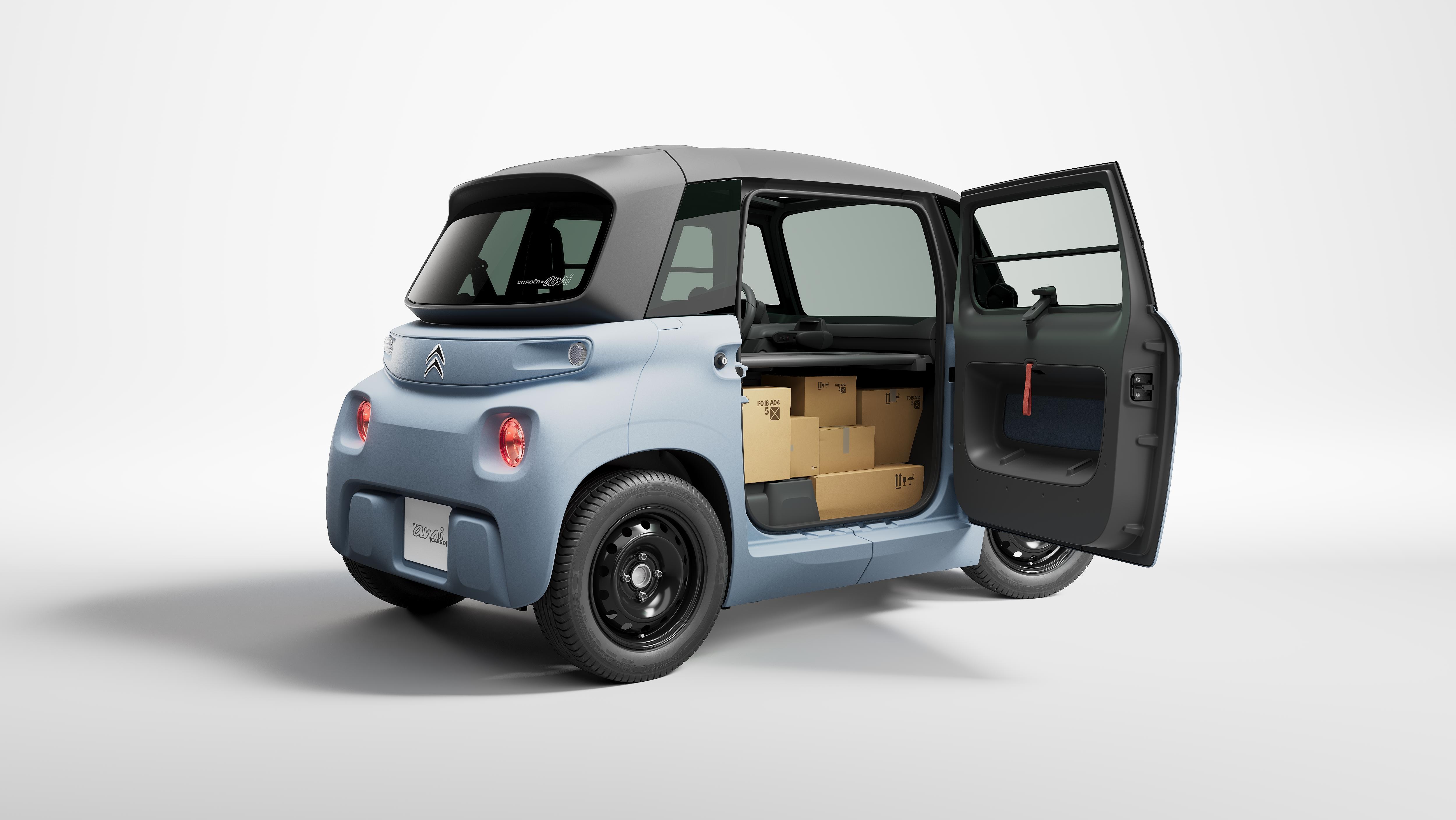
The new Citroën My Ami Cargo is an ultra-compact electric delivery van for inner city use
W*: Do you think the AMI ethos could be applied to a larger electric vehicle – a symmetrical object that is something more like a flexible, mobile interior space?
PL: The AMI itself is right on the edge of legislation in terms of size and weight. It can’t be any bigger. But we have a lot of ideas for AMI, we’ve just launched the My Ami Cargo. It’s a vision that many customers are already interested in. It’s also inspired some of the other projects we're working out right now. It was a very clever packaging solution.
W*: Moving on to the C5 X, it’s a big Citroën which is something that design-orientated buyers have often gravitated towards in the past. But it’s necessarily the most commercially optimum vehicle segment. How do you reconcile that?
PL: We’re aware that the market for sedans has been going down for many years. But it’s also true that more and more people driving SUVs today wouldn't mind being a bit lower – they just don’t need such big cars. The C5 X is trying to find a niche and to create something new. It’s a bit disruptive in that respect. And it’s a very exciting car to drive – it puts a smile on your face, it’s beautiful, and it carries our DNA. Also, it has amazing interior space, especially in the rear. This car is developed for a global market – thinking of the Chinese market in particular, which is very important.
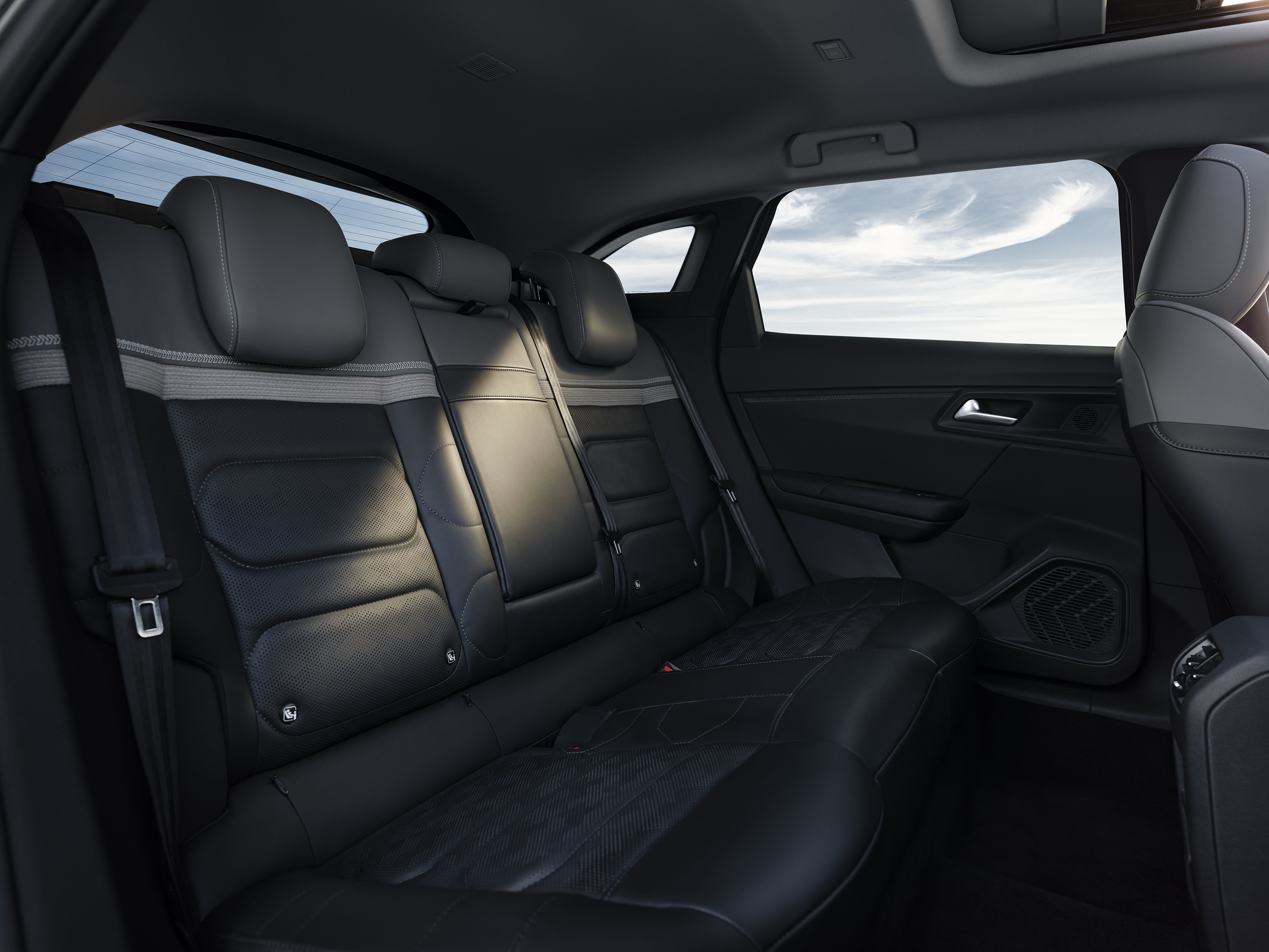
The Citroën C5 X is luxuriously spacious as well as being dynamic to drive
W*: Citroën has been a big player in China for a long time and you’ve also got a lot of professional experience there. Do you think we’ll still have different cars for different markets?
PL: I’m happy to work in a company that has fewer models overall but all which are global cars. We want a create a strong brand image and we’re trying to understand new markets like India and South America. Europe is our biggest market, which is not a bad thing because it’s very stable.
W*: Citroën has always had a real focus on utility, with the 2CV, the Dyane, the H Van, even the C15. Do you think that pared-back, utility focused design will become increasingly important in all markets, not just in the developing world?
PL: Absolutely. We did some studies a few years ago and our customers want utility and versatility. They’re totally different from a Peugeot customer who is more of a conventional automotive enthusiast. So utility is a part of all our projects. Those historic cars were created with a completely different design brief to a regular car – the 2CV was not a city car but intended for people in the countryside. The brief was initiated by Pierre-Jules Boulanger, who wanted to create ‘a car that can carry four people and 50 kg of potatoes at 60 km/h’. My mother had a 2CV and a Dyane and I can remember my father, a doctor, driving around all the villages in Belgium in that car to see his patients. It was perfectly suited to that environment.
Receive our daily digest of inspiration, escapism and design stories from around the world direct to your inbox.
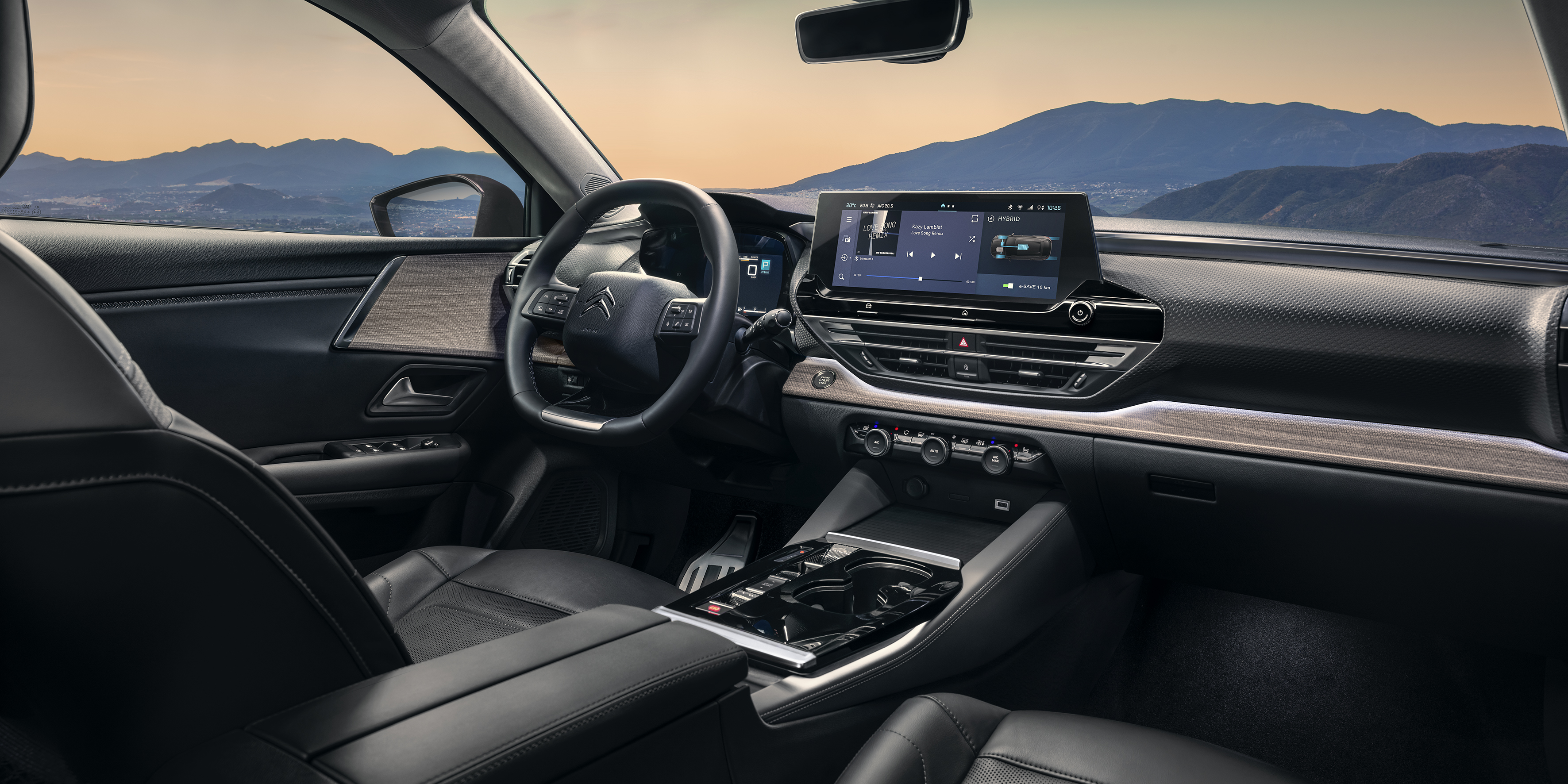
The Citroën C5 X has a characterful interior that combines technology with elegance
W*: What's your favourite element of the C5 X?
PL: The front architecture has a tension and dynamism that works together really well. And the rear has a great shape. I'm obviously super happy that we’ve managed to incorporate the silhouette and DNA of Citroën. When you see it driving on the road it will definitely stand out. This is very difficult to achieve today, so I think we have created an object that will be quite unique.
INFORMATION
Jonathan Bell has written for Wallpaper* magazine since 1999, covering everything from architecture and transport design to books, tech and graphic design. He is now the magazine’s Transport and Technology Editor. Jonathan has written and edited 15 books, including Concept Car Design, 21st Century House, and The New Modern House. He is also the host of Wallpaper’s first podcast.
-
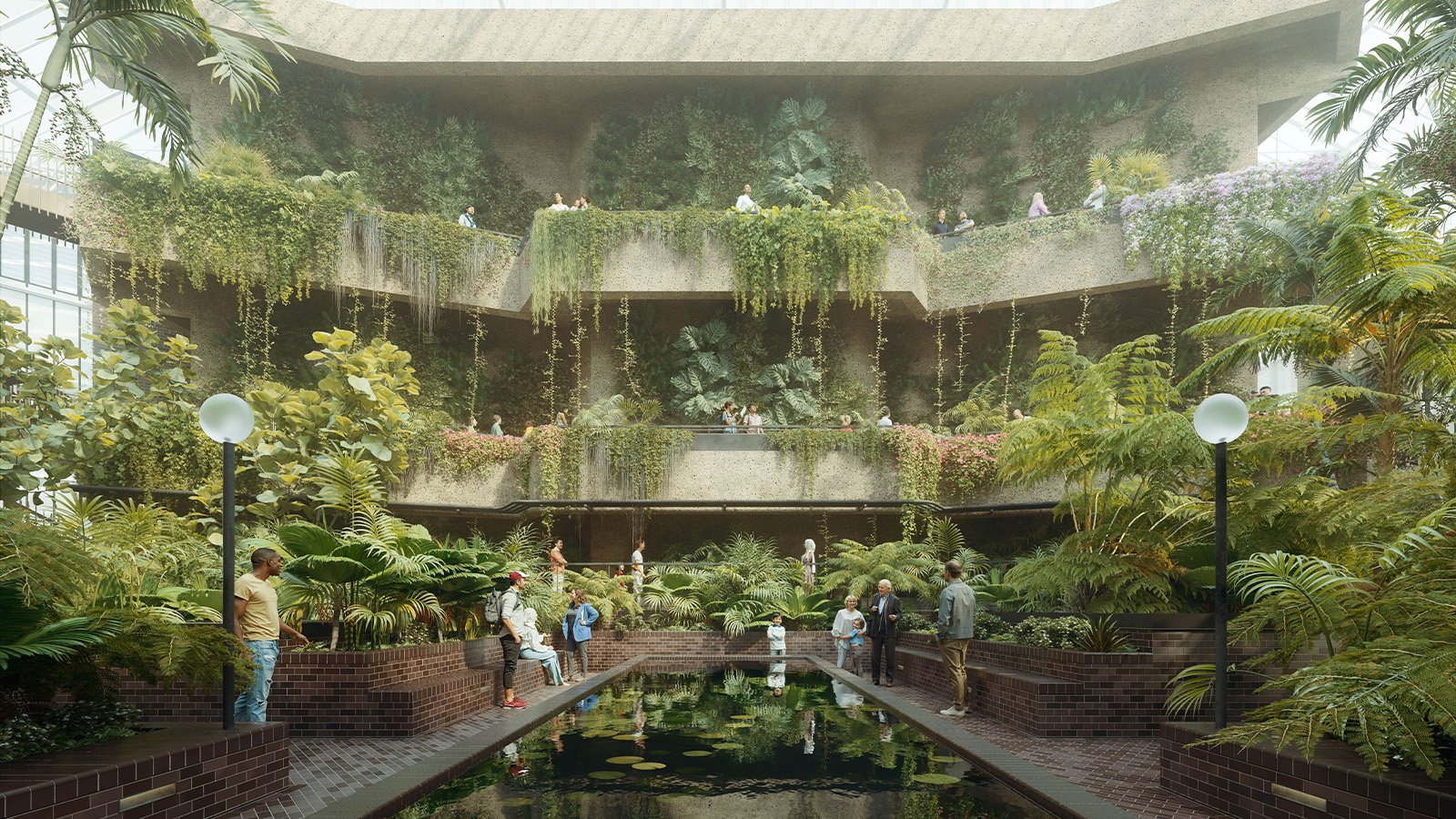 The Barbican is undergoing a huge revamp. Here’s what we know
The Barbican is undergoing a huge revamp. Here’s what we knowThe Barbican Centre is set to close in June 2028 for a year as part of a huge restoration plan to future-proof the brutalist Grade II-listed site
-
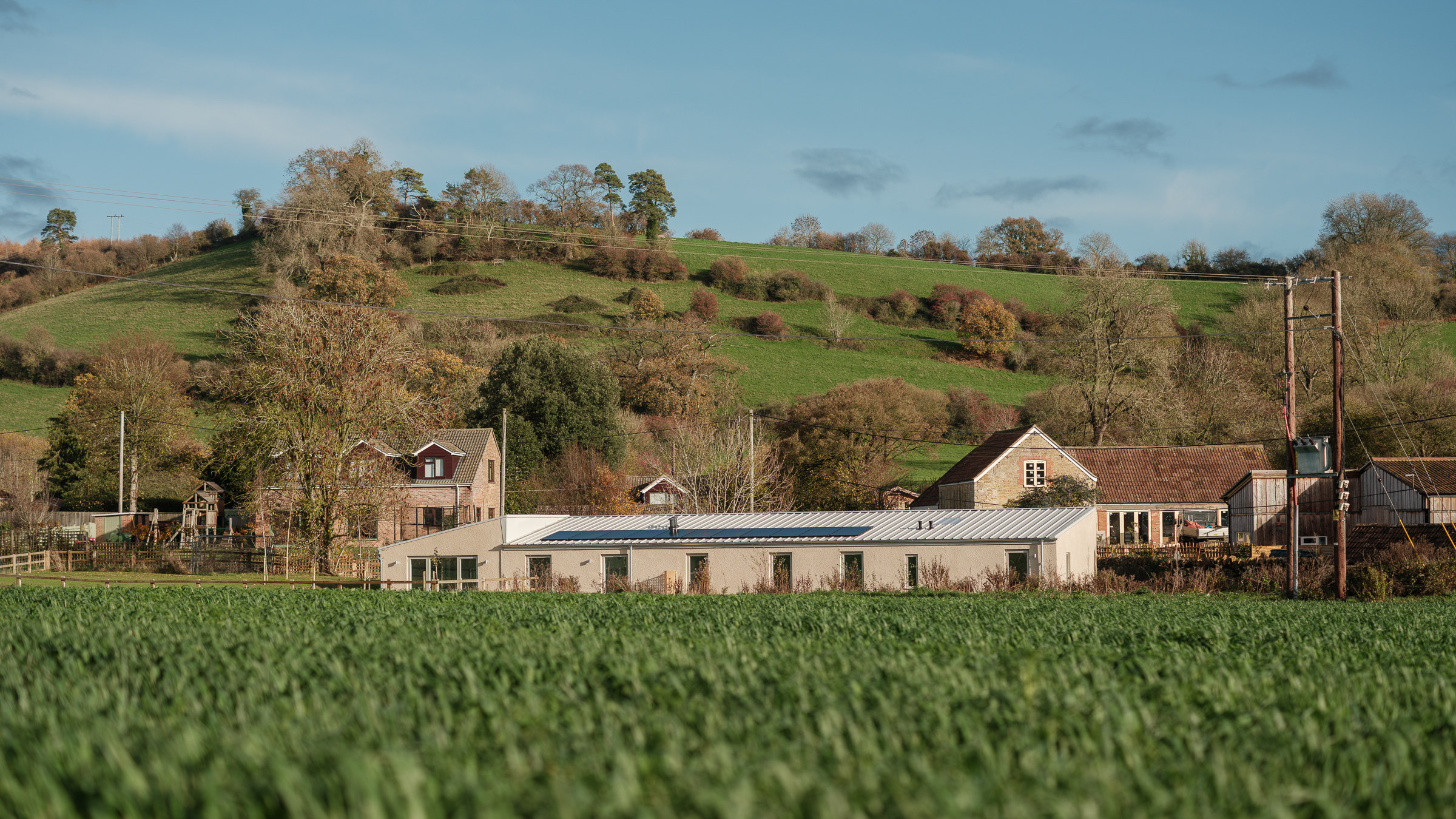 A former agricultural building is transformed into a minimal rural home by Bindloss Dawes
A former agricultural building is transformed into a minimal rural home by Bindloss DawesZero-carbon design meets adaptive re-use in the Tractor Shed, a stripped-back house in a country village by Somerset architects Bindloss Dawes
-
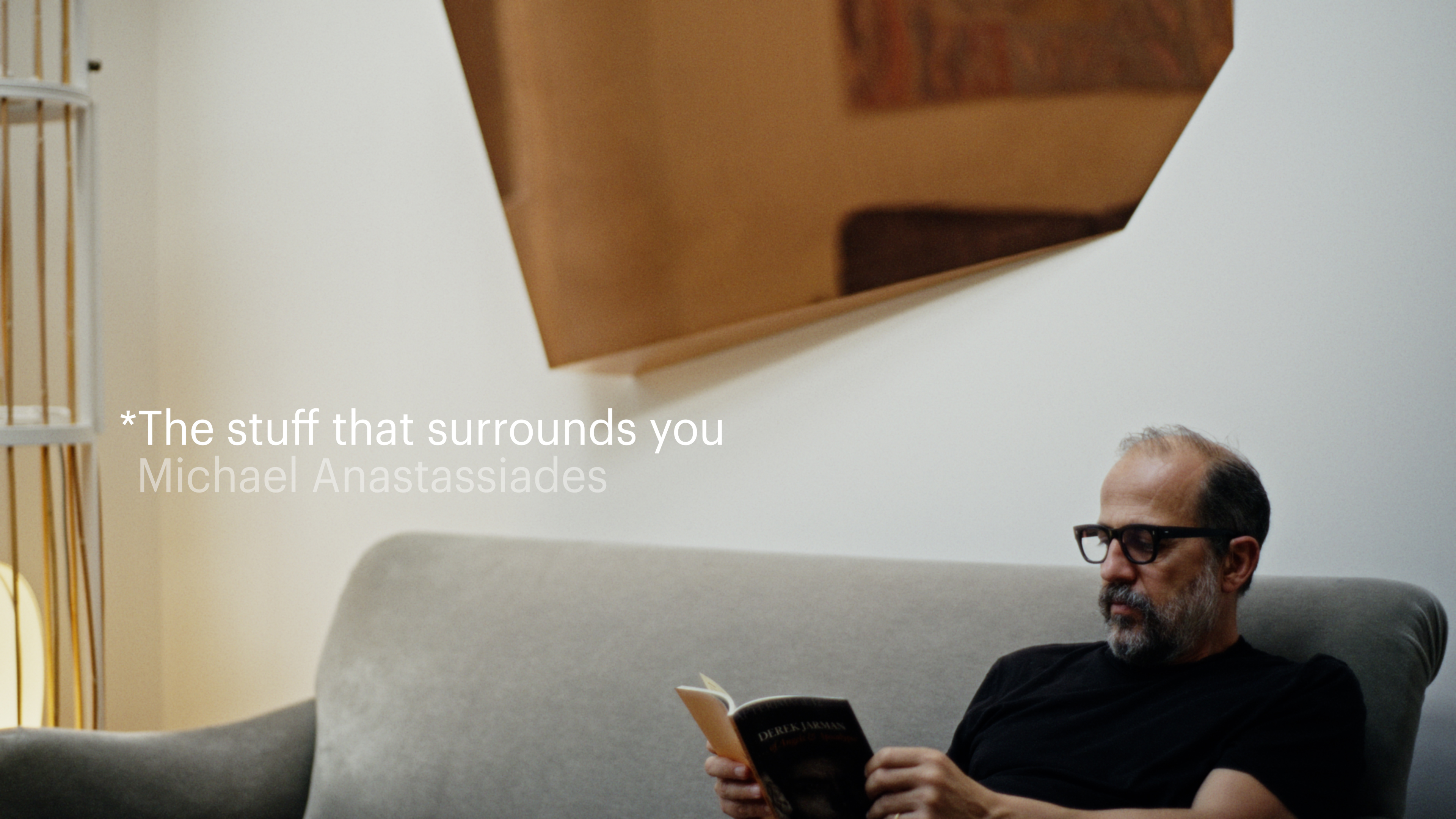 The Stuff That Surrounds You: Inside the home of designer Michael Anastassiades
The Stuff That Surrounds You: Inside the home of designer Michael AnastassiadesIn The Stuff That Surrounds You, Wallpaper* explores a life through objects. In this episode, we step inside one of the most considered homes we've ever seen, where Anastassiades test drives his own creations
-
 SM Tribute by DS Automobiles marks ten years of the brand and signals bold things to come
SM Tribute by DS Automobiles marks ten years of the brand and signals bold things to comeThis spectacular concept car pays homage to one of the most iconic Citroën designs of all time, the 1970 SM by Robert Opron
-
 Carrosserie Caselani’s Fourgonnette is a retro van for bold businesses
Carrosserie Caselani’s Fourgonnette is a retro van for bold businessesThis updated Fourgonnette, inspired by the legendary Citroën 2CV, cloaks a conventional Citroën commercial vehicle in a stylish retro skin
-
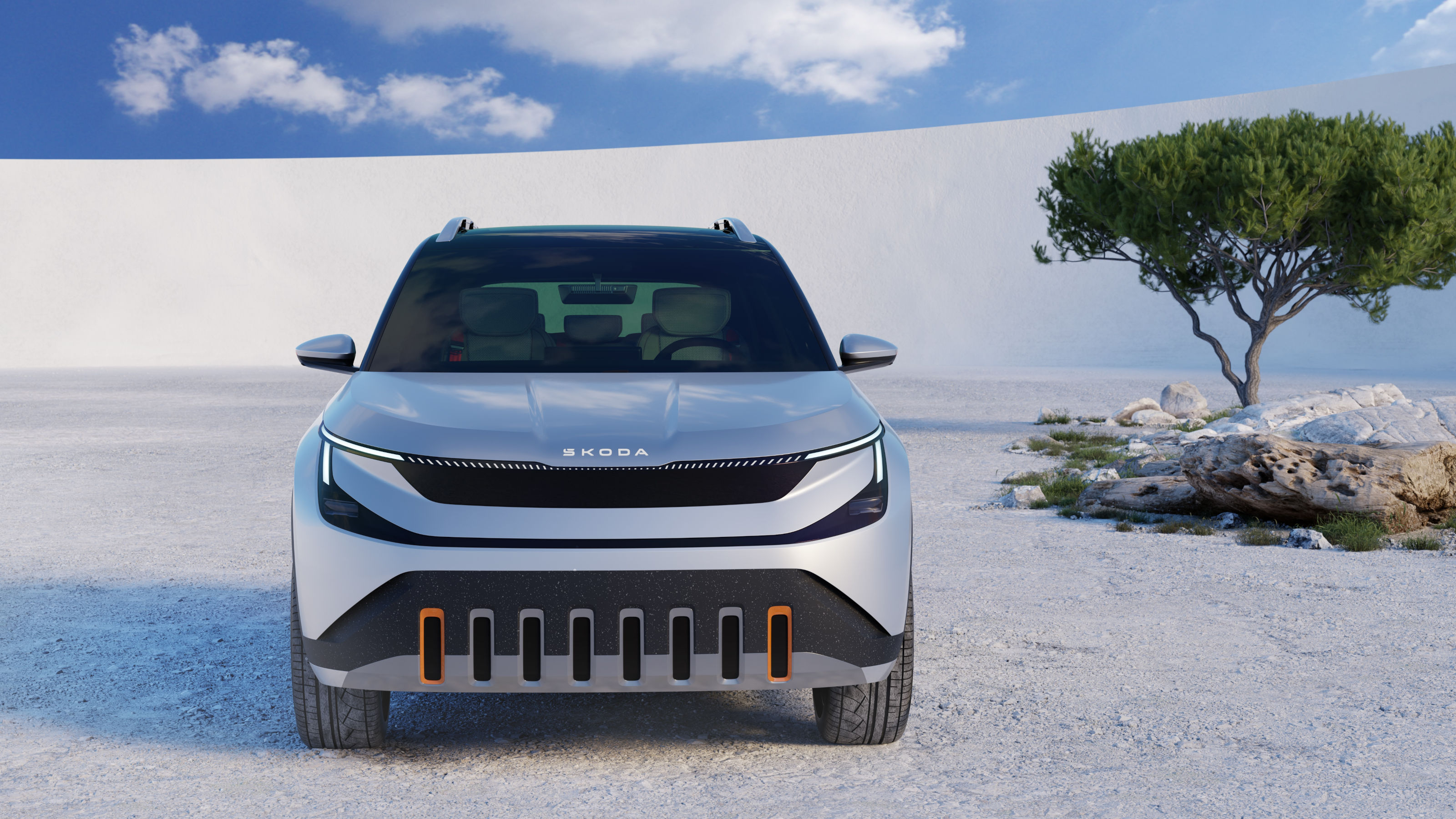 Coming soon: a curated collection of all the new EVs and hybrids that matter
Coming soon: a curated collection of all the new EVs and hybrids that matterWe've rounded up new and updated offerings from Audi, Porsche, Ineos, Mini and more to keep tabs on the shifting sands of the mainstream car market
-
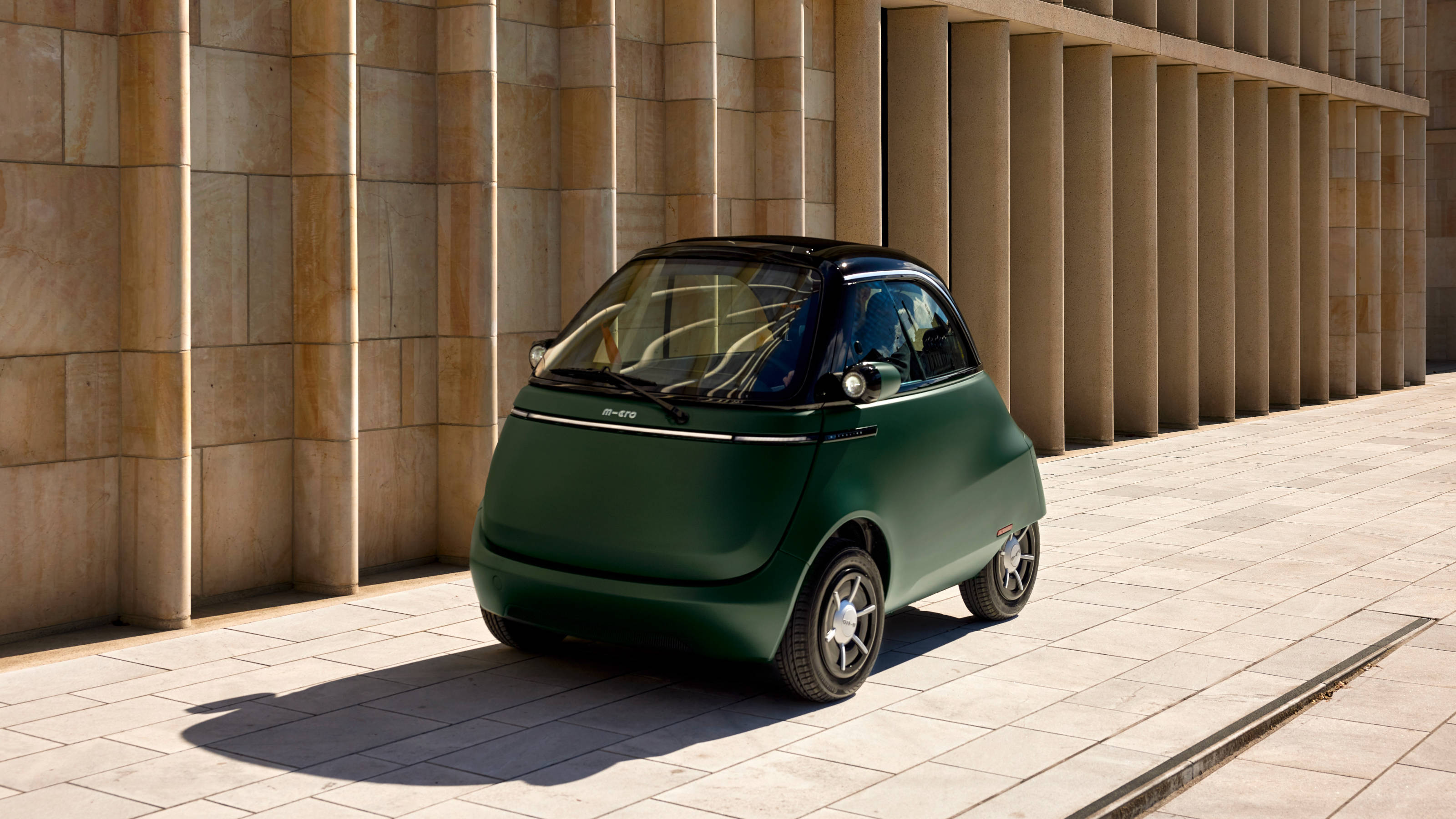 Microcar madness: three new ultra-compact electric city cars
Microcar madness: three new ultra-compact electric city carsThese two-seater electric microcars are the ultimate errand machines, designed for short hops and small spaces, all with a minimal footprint
-
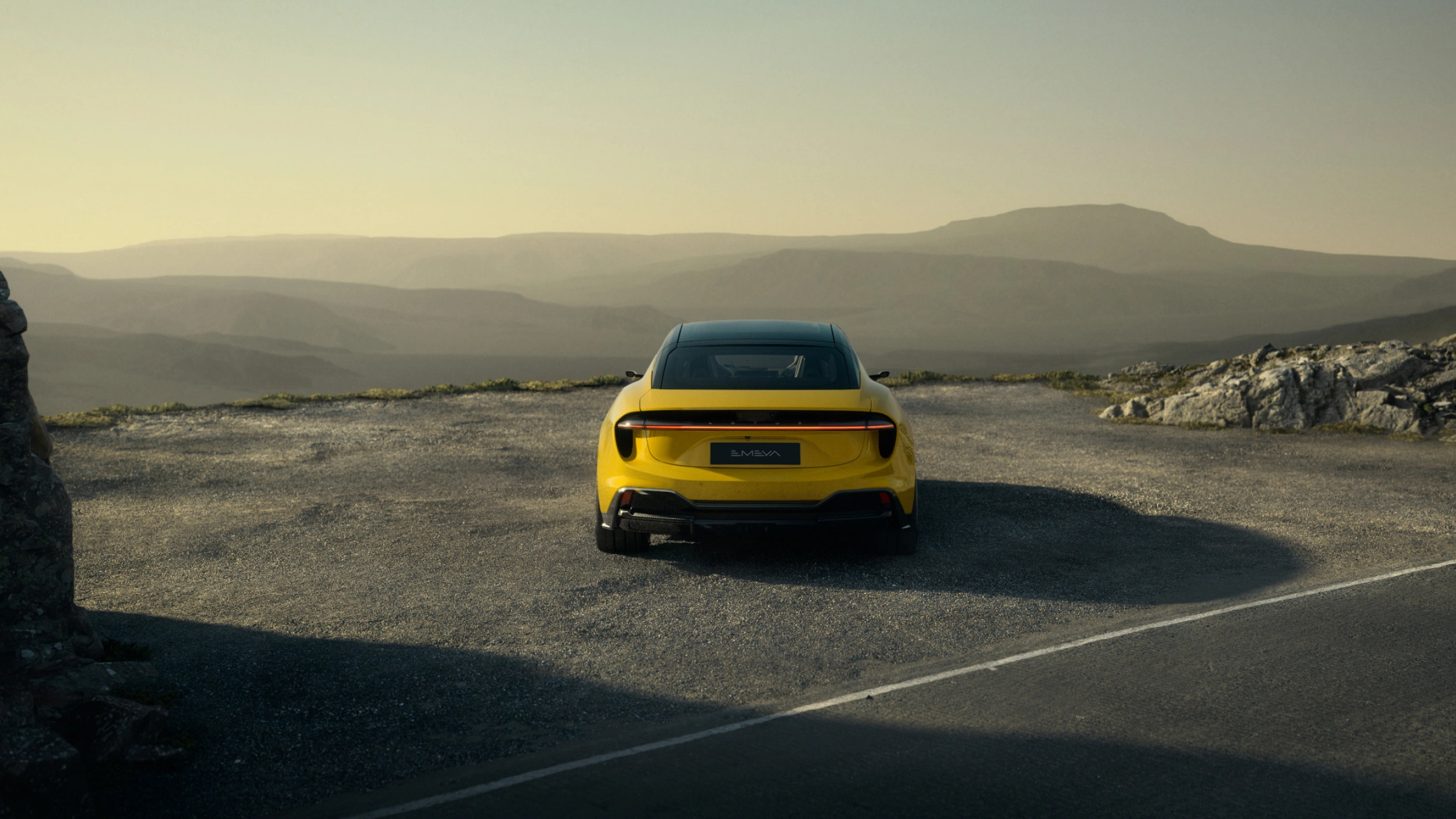 24 transportation design innovations for 2024
24 transportation design innovations for 2024From electric cars to new airports and sports boats, here’s a non-exhaustive list of 24 of the most interesting transportation design innovations to expect in the coming year
-
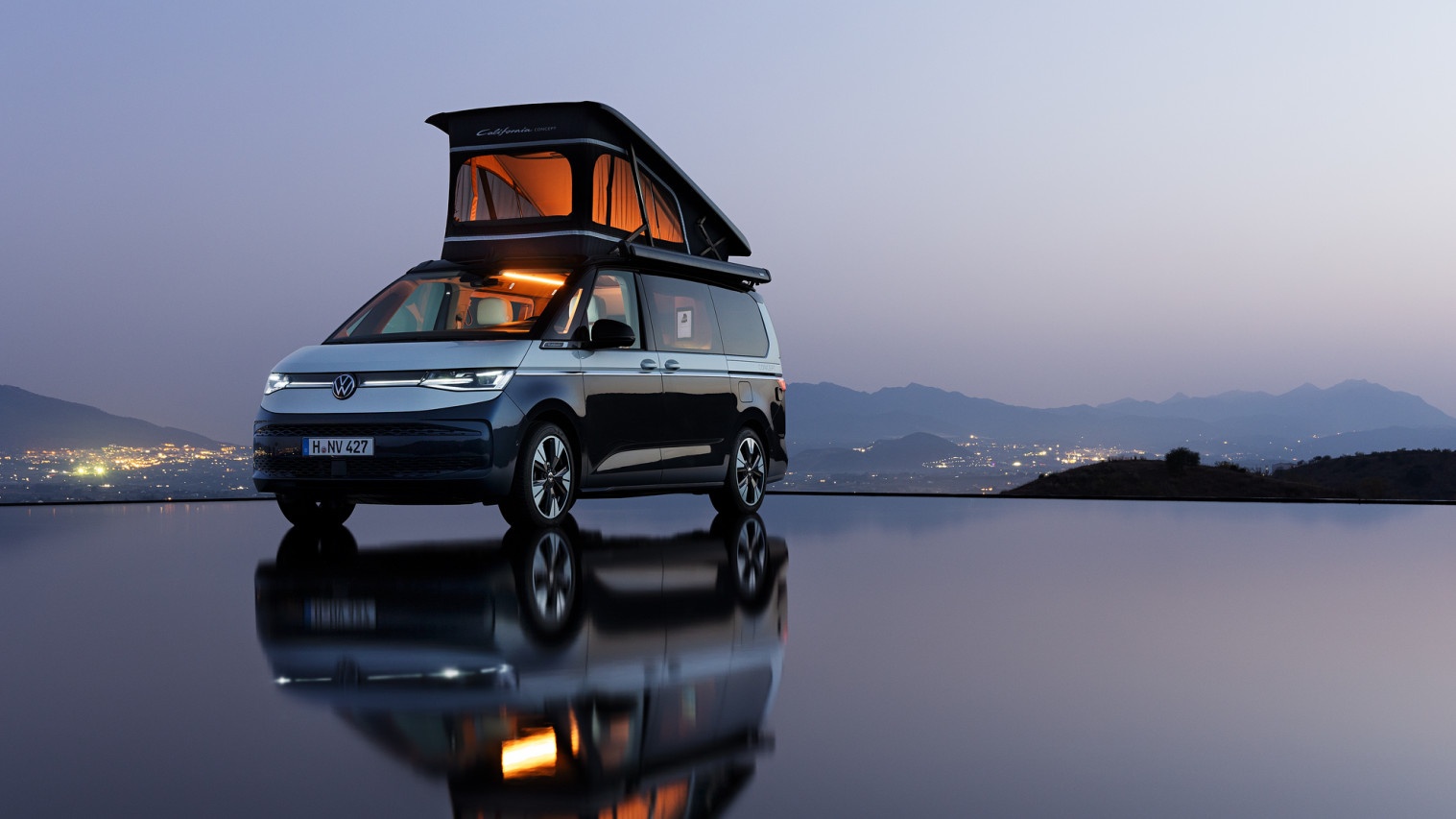 Four new compact camper vans showcase the best in modest mobile home design
Four new compact camper vans showcase the best in modest mobile home designVolkswagen, Citroën, Ford and Mercedes-Benz showcase their latest takes on contemporary van living
-
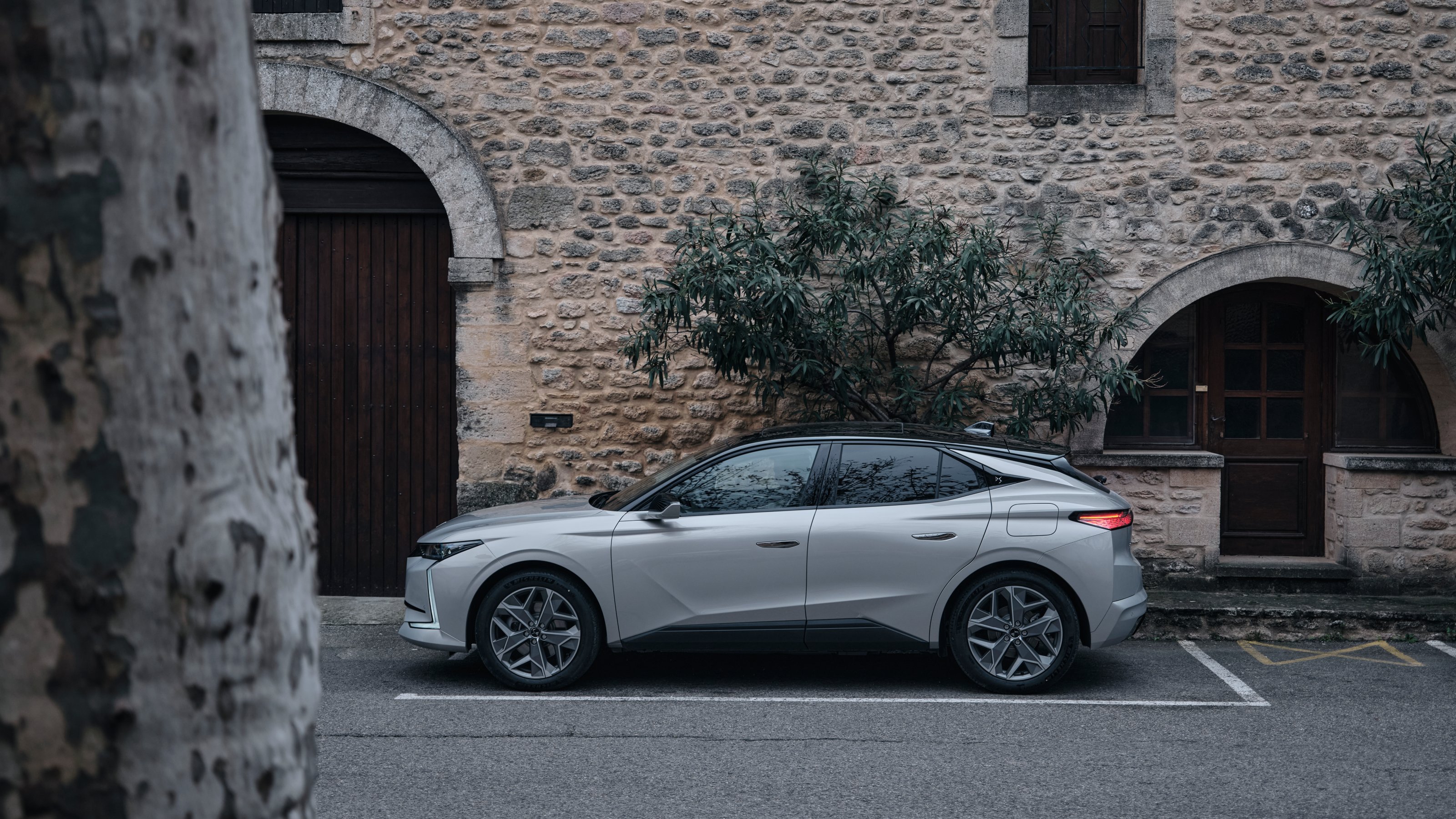 The DS 4 exemplifies mass-market luxury, cramming features and frivolity into an excellent all-rounder
The DS 4 exemplifies mass-market luxury, cramming features and frivolity into an excellent all-rounderDS Automobiles finds its form with the DS 4, a mid-range hybrid with a smart mix of driving refinement and design eccentricity
-
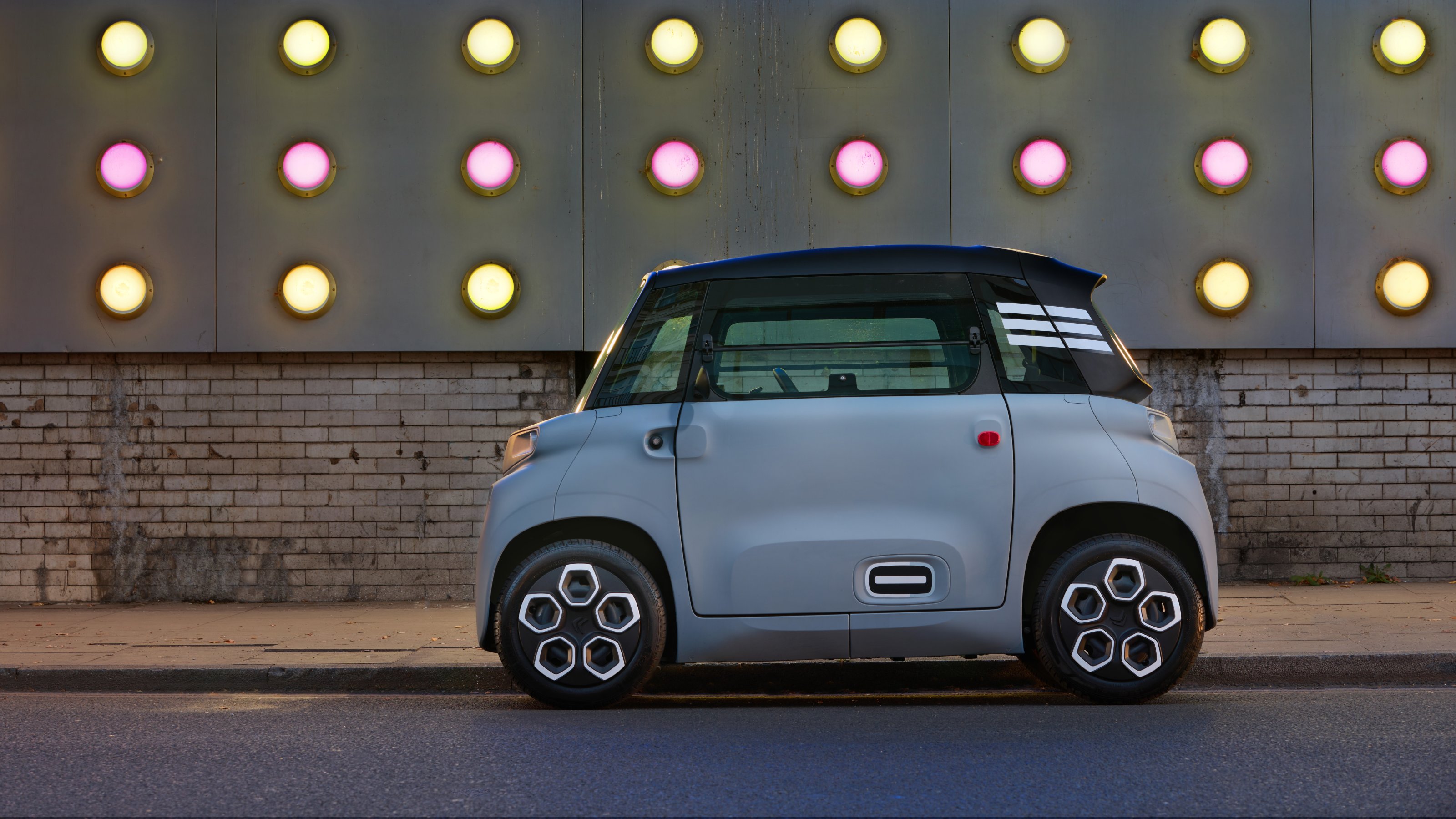 All hail the small scale: Wallpaper* takes a trip inside Citroën’s diminutive new Ami
All hail the small scale: Wallpaper* takes a trip inside Citroën’s diminutive new AmiThe Citroën Ami is small but perfectly formed, albeit a little rough around the edges. For short city hops, it’s hard to beat